Want to take better bird photos, even with a phone camera? Bird photography doesn’t have to require expensive gear or remote locations. With the right techniques, a bit of planning, and a lot of patience, you can capture incredible images of birds right in your own garden.
Here are some tried and tested tips to help you get closer to that perfect shot without ever disturbing the birds themselves.
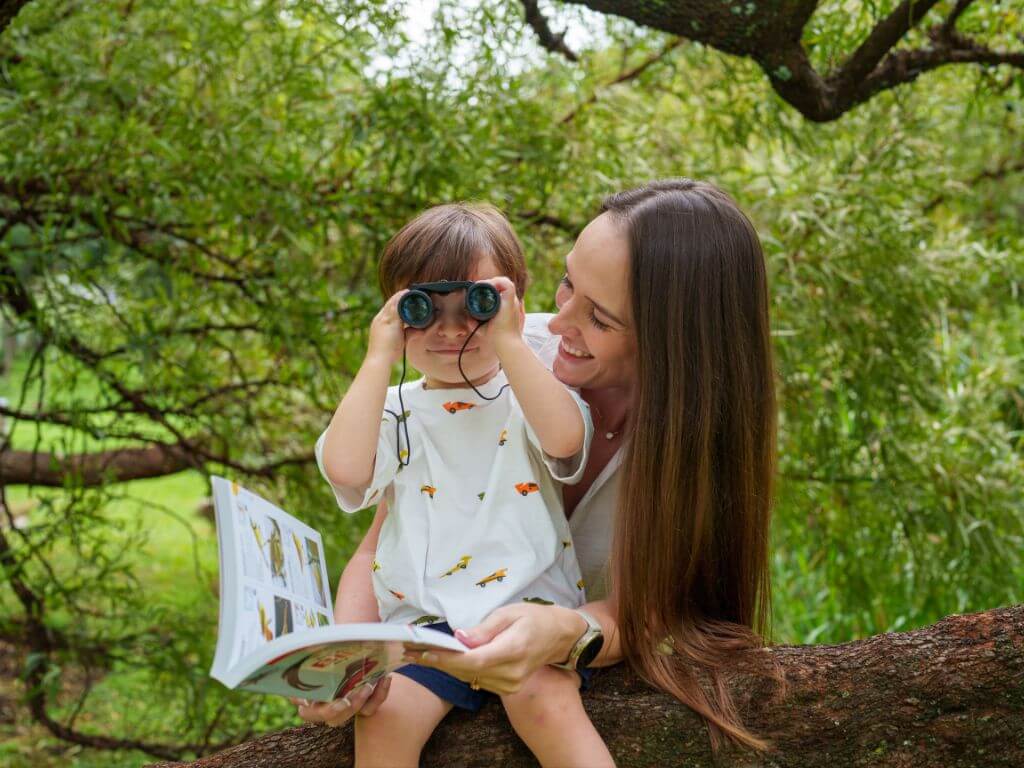
1. Choose the right time of day
The best light for bird photography happens early in the morning and late in the afternoon. This “golden hour” provides soft, warm light, and birds tend to be more active and vocal during these cooler periods. Harsh midday sun can blow out details and cast unwanted shadows.
2. Be patient and stay still
The most important skill in bird photography isn’t technical. It’s patience. Birds will often come closer if you stay quiet and still. Sudden movements or noisy footsteps will scare them off. Choose a spot, settle in, and wait.
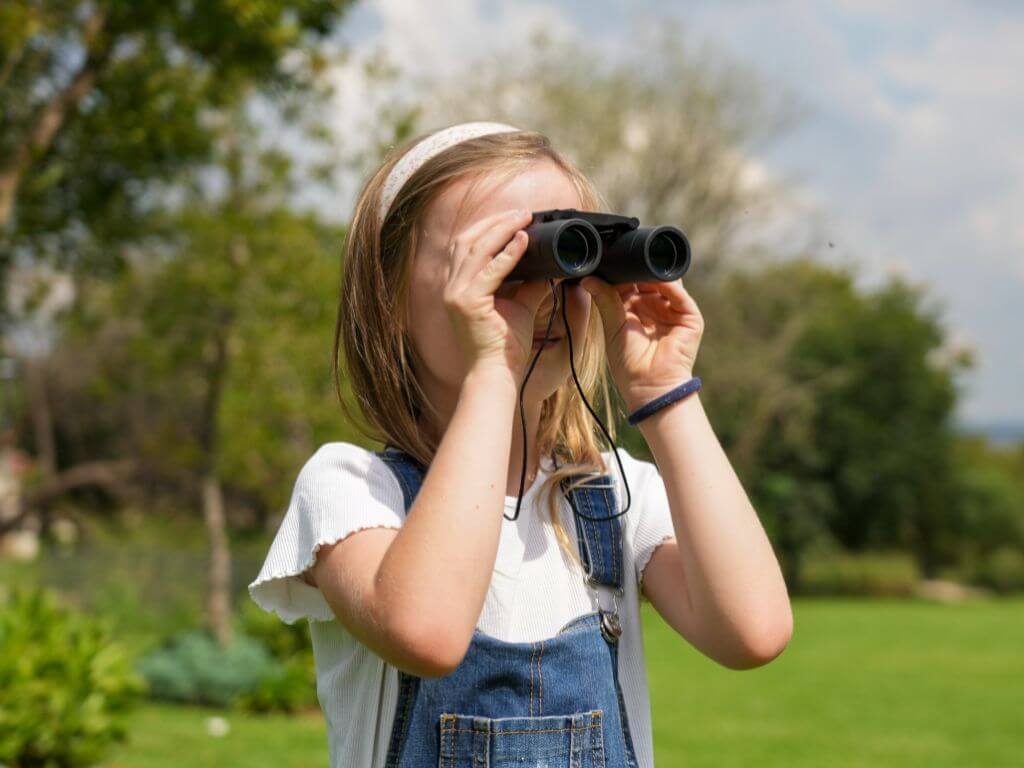
3. Use the right gear (but start with what you have)
While telephoto lenses and tripods can elevate your images, great shots can still be taken with a smartphone. Use zoom sparingly to preserve image quality. Stabilise your device on a solid surface, and always focus on the bird’s eye for sharper results.
Want to get birds closer to you? Browse our range of feeders and bird food for natural photo setups.
4. Pay attention to background and light
Watch what’s behind your subject. A messy or distracting background can take away from the bird. Position yourself with the light behind you so the bird is well lit. Overcast days can be ideal too, giving even lighting with no harsh shadows.
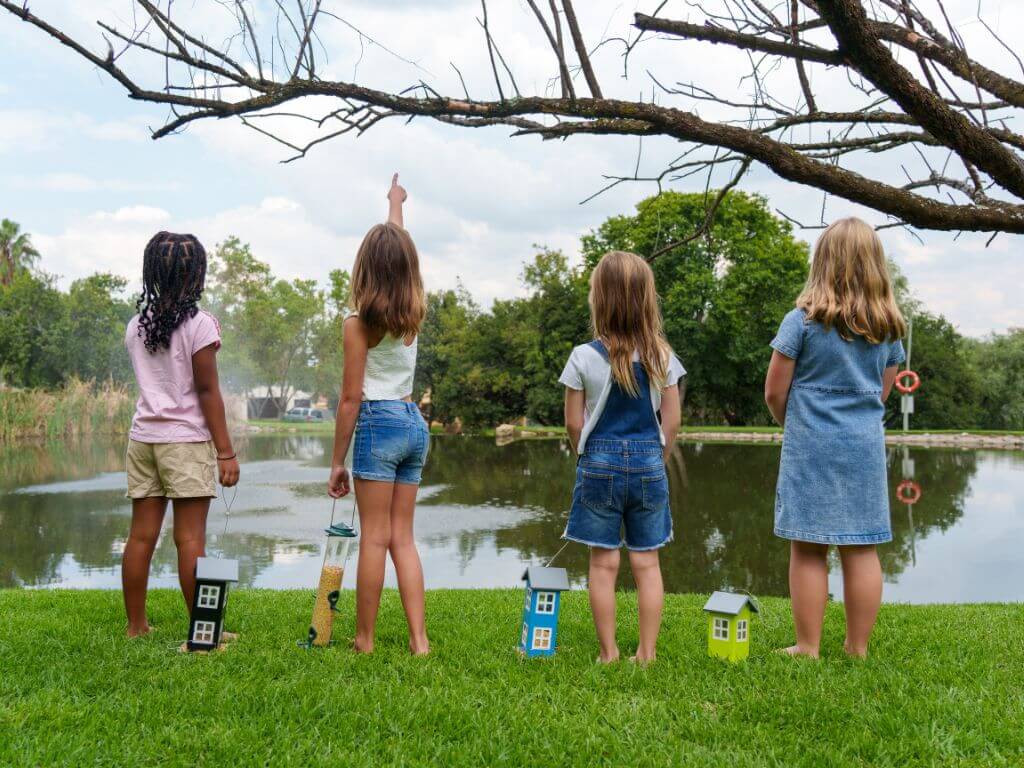
5. Learn your local birds’ habits
Understanding when and where certain birds appear gives you a head start. Do they visit your garden at dawn? Do they prefer suet or seed? Knowing your regulars helps you anticipate their movements and plan your shots accordingly.
Need help identifying your visitors? Read our blog: How To Identify South African Birds
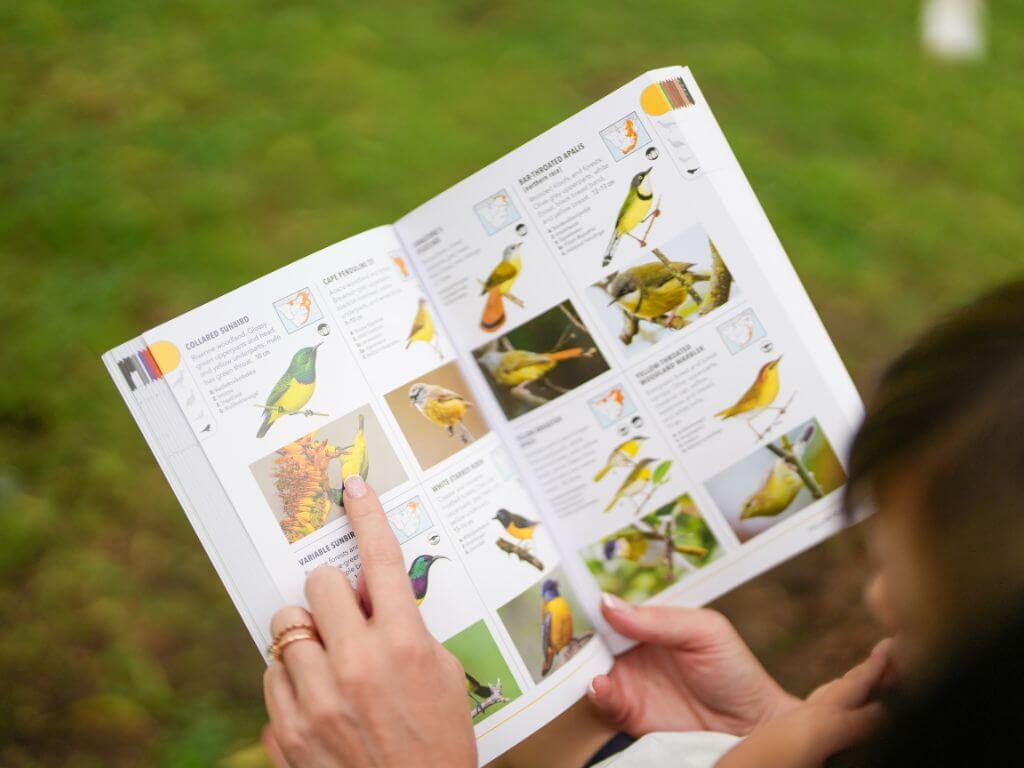
6. Feeders and water sources make great setups
Birds are more likely to visit areas with food and water. By placing feeders near natural perches or adding a small birdbath, you can create a scene that encourages repeat visits. These setups are perfect for both observing and photographing birds up close.
Explore our shop or find a store near you to get started.Read more: What Type of Feeder Attracts the Most Birds?
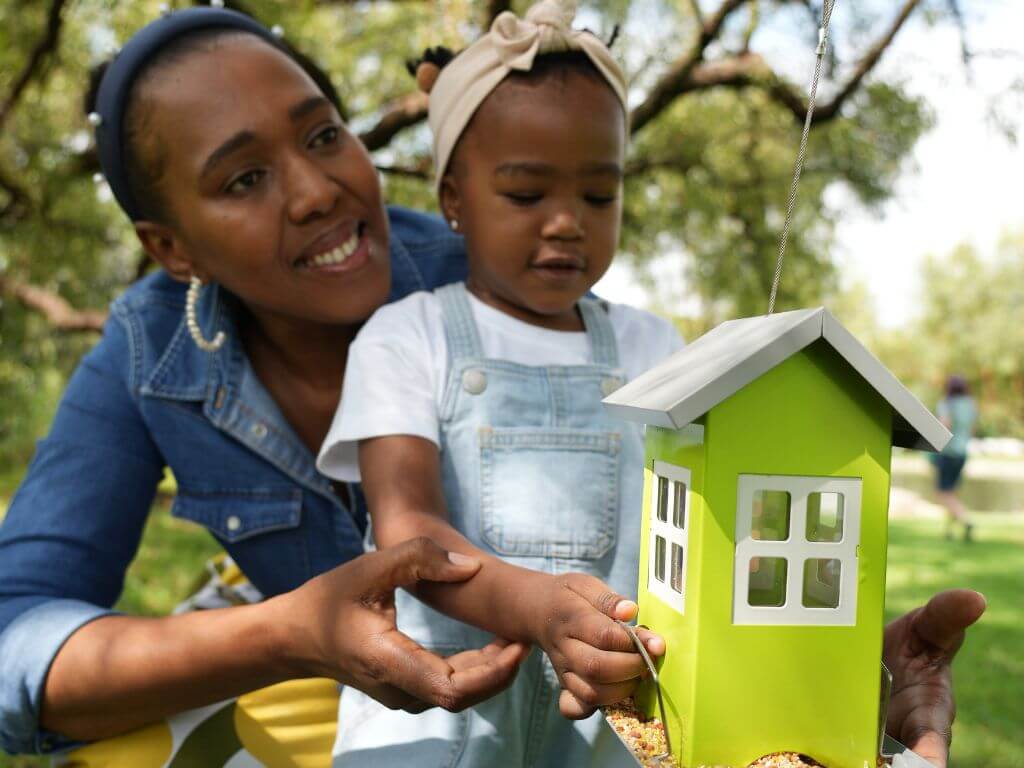
7. Let the birds come to you, don’t chase
It’s tempting to follow birds around with your camera, but you’ll get better results by letting them come to you. Chasing can cause stress and lead to unnatural behaviour. Bird photography is best when it respects the bird’s natural rhythm.
8. Practice silent movement and positioning
If you need to shift, do it slowly and deliberately. Avoid wearing bright clothing and find ways to blend into your surroundings. Crouching or staying low can make you less threatening to the birds.
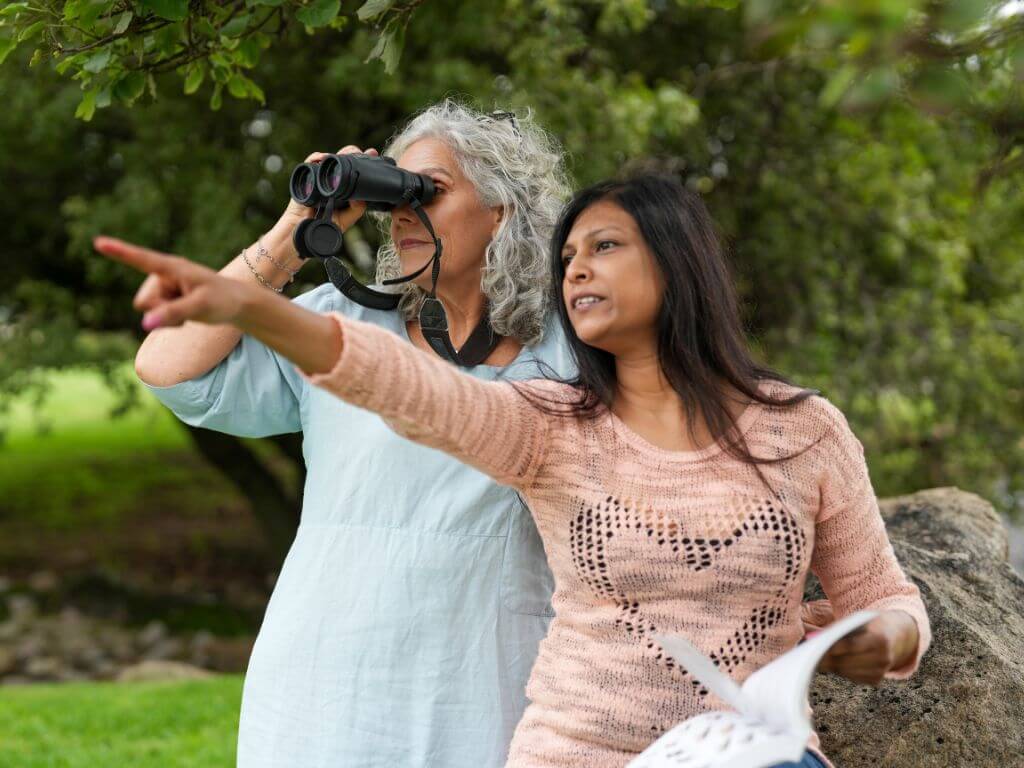
9. Use camera settings that work for birds
Whether you’re using a phone or a DSLR, a few setting tweaks can make a big difference. On a DSLR, use a fast shutter speed (1/1000 or faster) to freeze wing movement. Set your aperture low (f/5.6 or wider) to create a blurry background that makes your bird pop. Use burst mode to capture several frames as the bird moves.
For phones, turn on grid lines and tap to focus on the bird’s eye. If possible, lock exposure to avoid flickering between light and dark.
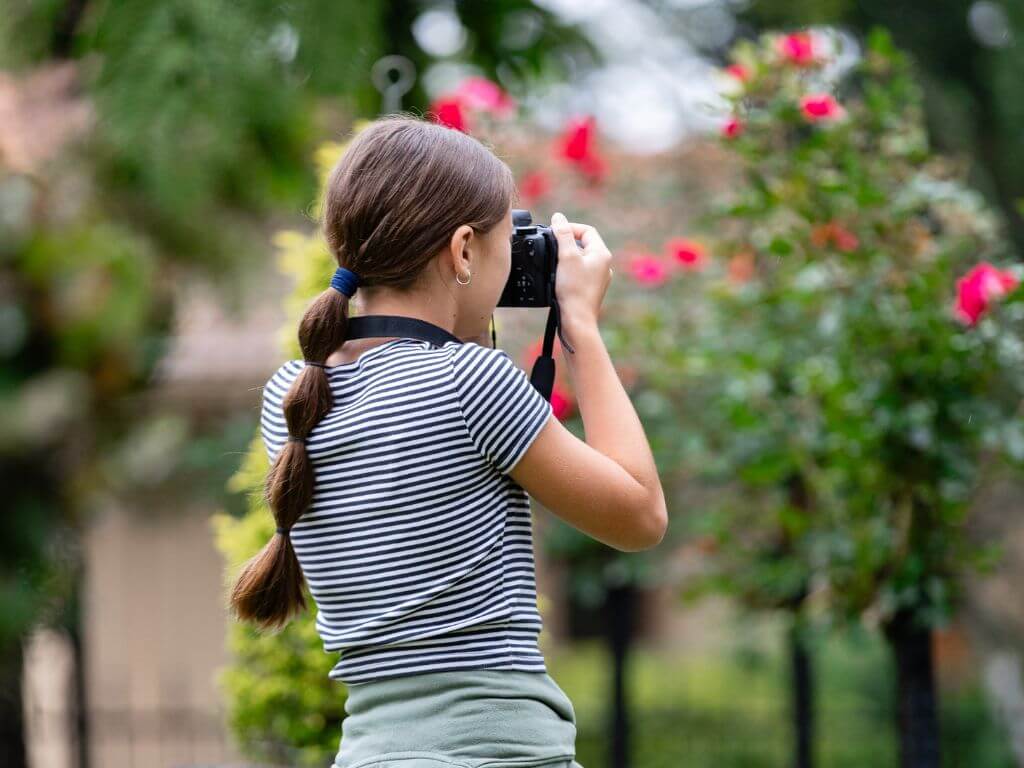
10. Respect the bird and the environment
Never bait, trap, or disturb a bird for a photo. Avoid flash photography, especially near nesting areas. A good bird photographer always puts the wellbeing of wildlife first. Your best shot is one that leaves no trace.
Learn how feeding can support birds naturally in our guide: What Birds Eat: Feeding Tips for South Africa’s Garden Birds
Ready to bring birds closer?
Set up a safe, bird-friendly photo spot with help from Westerman’s. Shop our range of wild bird seed, suet and seed bells, feeders and more to attract a wider range of species to your lens.Follow us on Instagram and Facebook or sign up for our newsletter to get more bird photography tips, feeding guides, and updates.